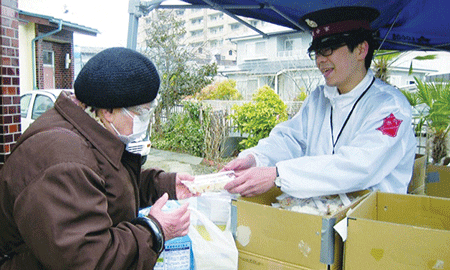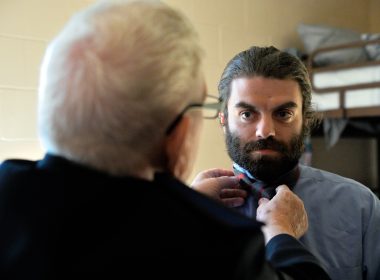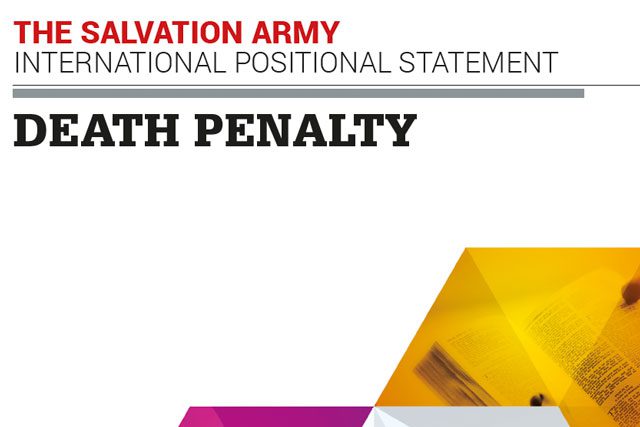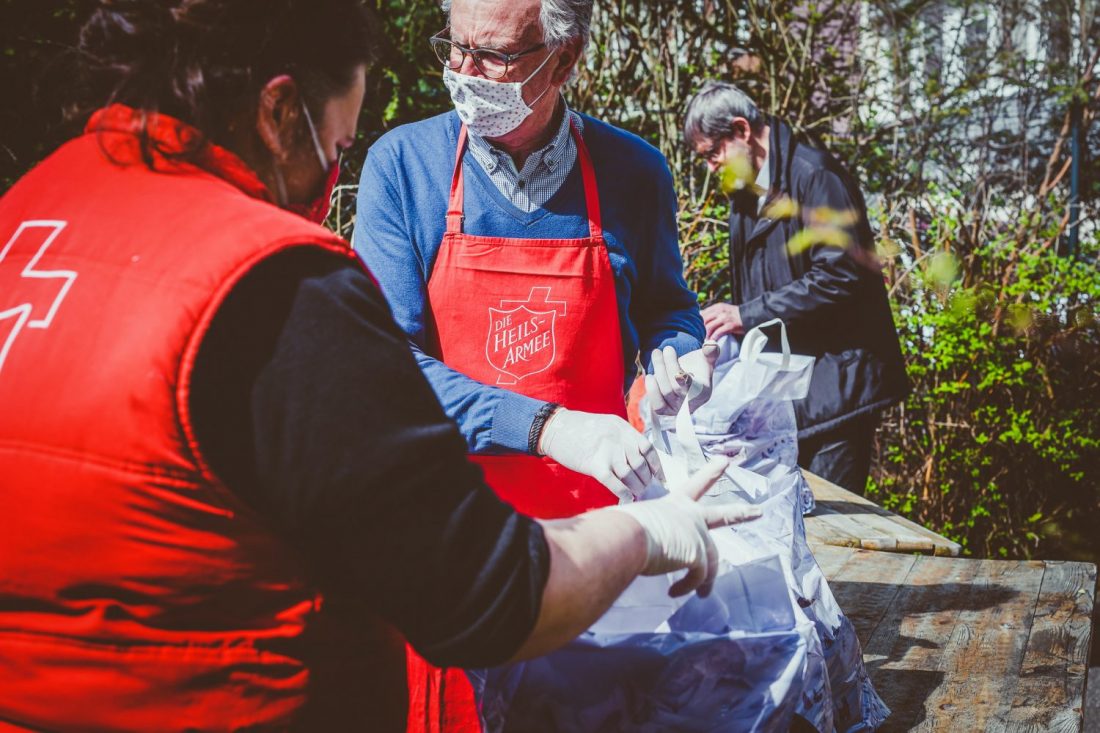The Salvation Army makes progress in helping Japan rebuild and recover.
One year ago, March 11, 2011, a record-breaking earthquake and tsunami struck the coast of Japan, devastating the nation. The Salvation Army immediately mobilized its forces to help individuals and communities overcome the tragedy. Not one to leave when the media attention fades, the Army continued its efforts throughout the year, and today is still present, providing assistance wherever needed.

With a magnitude of 9.0, the Tohoku Earthquake was the most powerful known quake ever to have hit Japan and one of the five most powerful in the world since modern recordkeeping began in 1900. The tsunami that followed it triggered waves up to 133-feet high, and caused a number of nuclear accidents. The evacuation zones affected hundreds of thousands of residents.
Japanese official reports confirmed 15,854 people dead, 26,992 injured and 3,155 missing.
Known in Japan as Kyuu-Sei-Gun (Save-World-Army), The Salvation Army has maintained a 117-year presence in the Japan Territory, providing service from 47 corps centers and 12 outposts. The Army’s global presence, in collaboration with The Salvation Army World Service Office(SAWSO), enables the organization to provide hope and relief during times of disaster such as this.
When the tragedy struck, employees at The Salvation Army’s territorial headquarters (THQ) in Tokyo watched the tsunami on television.
“We couldn’t believe it—it was just like a film,” said Territorial Commander Commissioner Makoto Yoshida, in an interview in the U.K. War Cry. “But it was real…we had to do something.”
The Salvation Army opened THQ to commuters who had no way of getting home, since tremors had halted public transport. Employees cared for about 150 people, feeding them meals they had packed for a homeless outreach originally planned for that evening.
The Army’s efforts grew from there, as teams investigated how they could help—providing hot meals, school supplies, and clothes and equipment for fishermen. Projects ranged from big to small. Hearing of a problem that schools had with mosquitoes, The Salvation Army provided mesh windows that let the air in but kept the insects out.

The international Salvation Army remains focused on Japan’s recovery and development. Working with Salvation Army leaders in Japan, it continues to assist the affected communities by taking part in various development projects.
American supporters donated $9.6 million to The Salvation Army’s Japan relief fund, and these funds support projects in some of the country’s hardest-hit fishing towns: Ofunato, Onagawa, Kesennuma and Minamisanriky. The Army hopes that the construction of temporary shopping centers in these villages will revive trade and commerce and support the recovery of local economies.
Among other notable projects, SAWSO supports a meals program in Onagawa that sustains victims of the disaster.
Yoshida noted the changing needs of the Japanese people. “In the initial stage, people needed material help; now the needs of their hearts must be met,” he said. Most of those they serve practice Buddhism or Shintoism. “We are trying to work out how we can give counseling and spiritual help.
“At one of the temporary housing locations we visited, the people came to know that we are a Christian church, and they asked us to hold a Christian meeting,” Yoshida said. “Our purpose has not been to evangelize but to support people by meeting their physical needs. So when people ask us to help them with their spiritual needs, that is marvelous.”
While various events around Japan marked the first anniversary of the disaster, The Salvation Army kept true to its mission of serving others.
“We will just be getting on with our community work,” Yoshida said. “That is the best way we can commemorate the day.”
Read more of Yoshida’s interview with Philip Halcrow online at http://tiny.cc/cnnhbw, and contribute to The Salvation Army’s continued relief efforts in Japan via salvationarmyusa.org.












